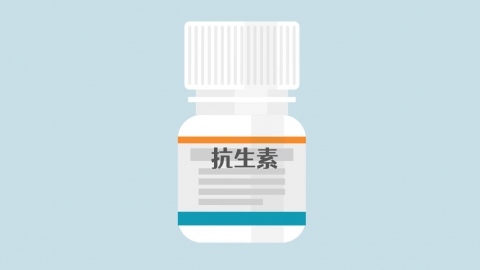Can antibiotic treatment be used for a suppurative sore on the lower leg?
Generally, whether antibiotic treatment is needed for a pus-filled sore on the lower leg depends on whether a bacterial infection is present. If the sore is caused by a bacterial infection, accompanied by redness, swelling, pain, and pus discharge, antibiotics are usually required. However, if the sore is non-infectious, antibiotics are unnecessary. It is advisable to seek timely medical consultation for proper evaluation and management. Detailed analysis is as follows:

If the pus-filled sore is caused by bacterial infection such as Staphylococcus aureus or streptococcus, and presents with significant local redness, swelling, pain, yellow pus, and increased tenderness upon pressure, mild infections can be treated topically with antibiotic ointments such as mupirocin ointment, fusidic acid cream, or compound polymyxin B ointment, as directed by a physician. These medications help eliminate bacteria, control infection, and prevent its spread.
If the sore results from skin allergy, eczema with secondary non-infectious ulceration, or tissue fluid exudation and erosion due to trauma, and presents with minimal redness, swelling, pain, and only a small amount of clear discharge, antibiotics are unnecessary. Unnecessary use may lead to dysbiosis and antibiotic resistance. Treatment should focus on managing the underlying condition and promoting wound healing.
Maintain cleanliness and dryness of the affected area in daily life, avoid scratching or squeezing the sore, wear loose and breathable pants to reduce friction, and follow a light diet rich in fruits and vegetables for vitamin supplementation. If symptoms do not improve after antibiotic treatment, timely follow-up consultation is necessary to adjust the treatment plan.





